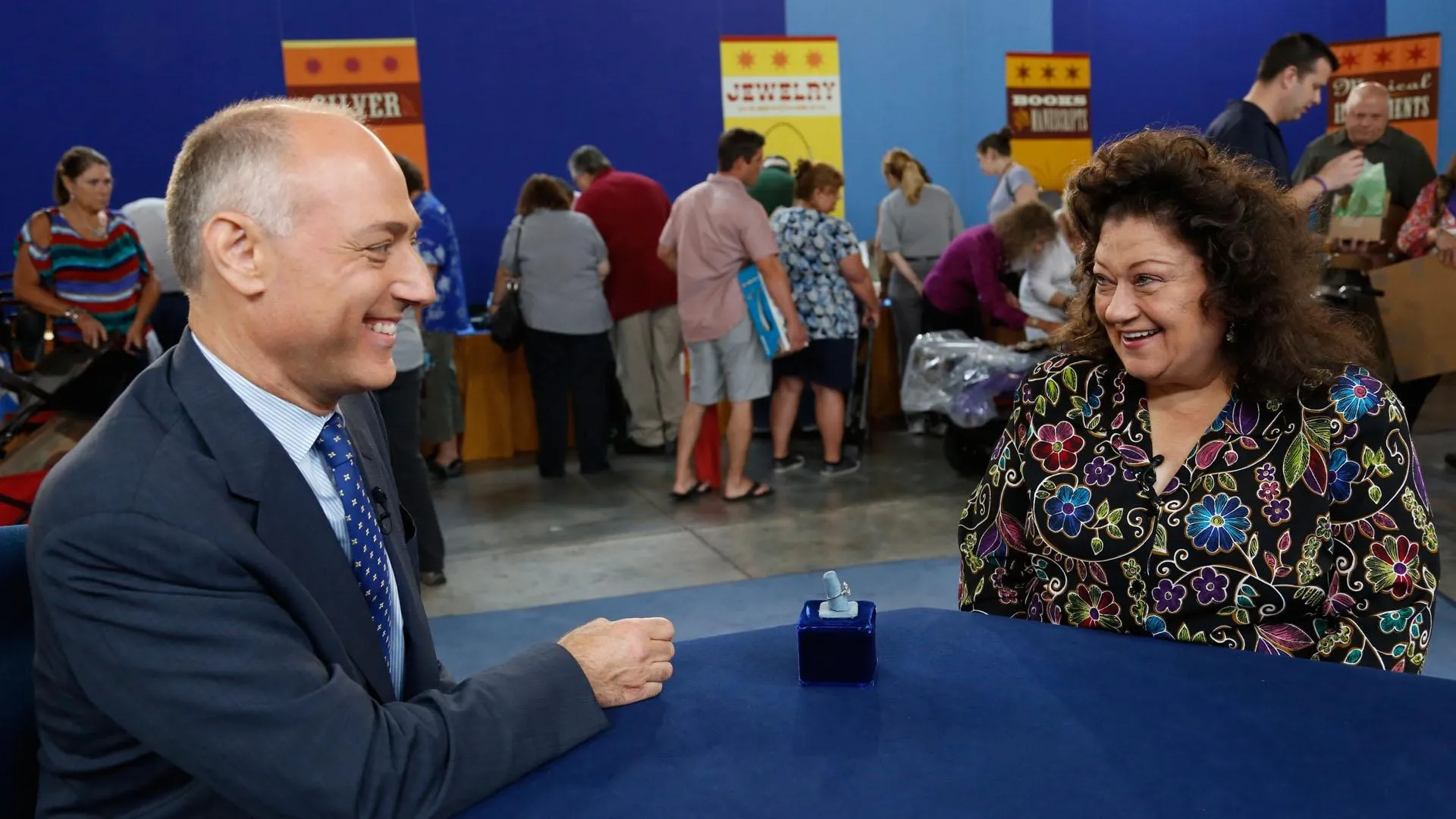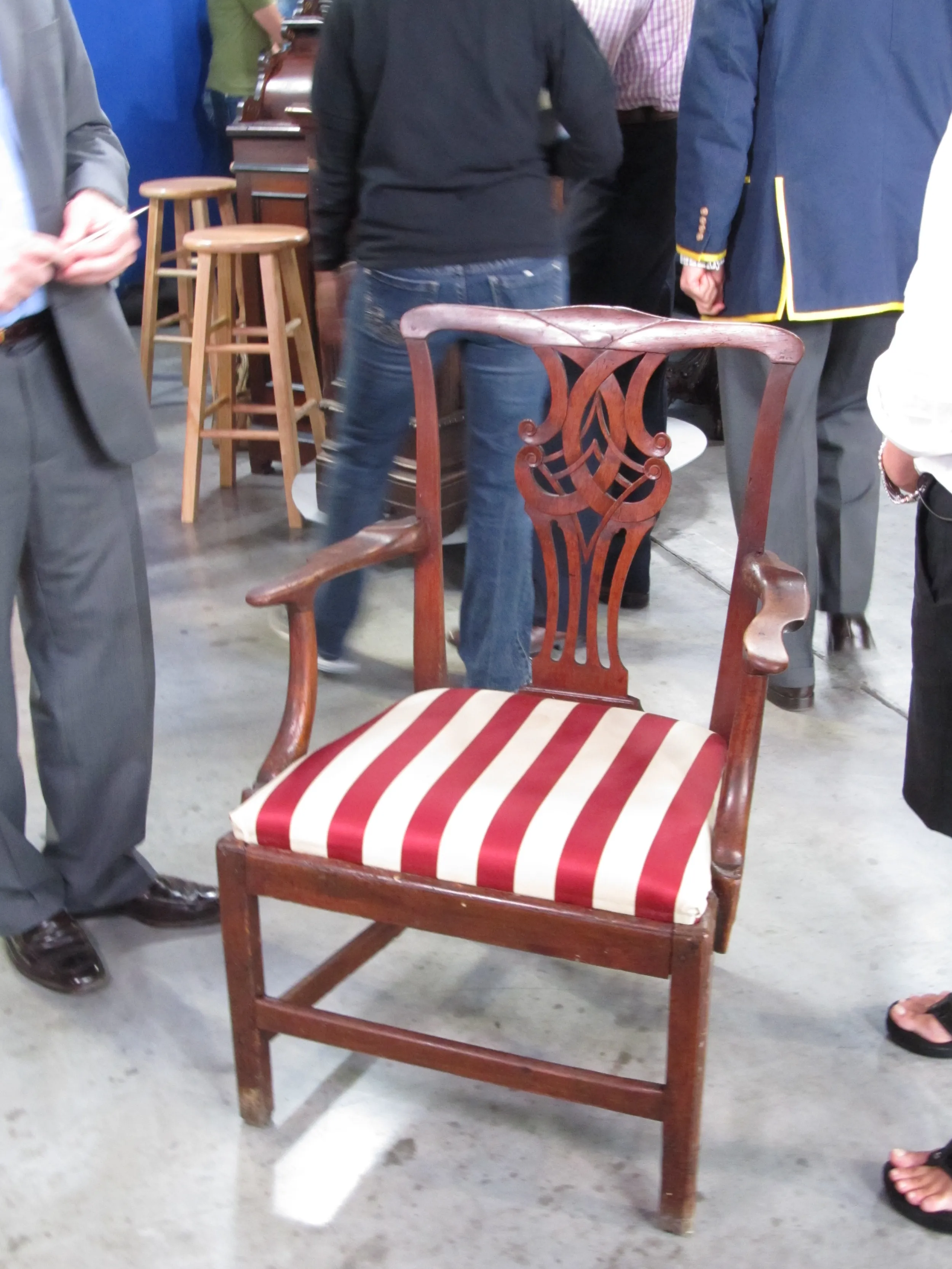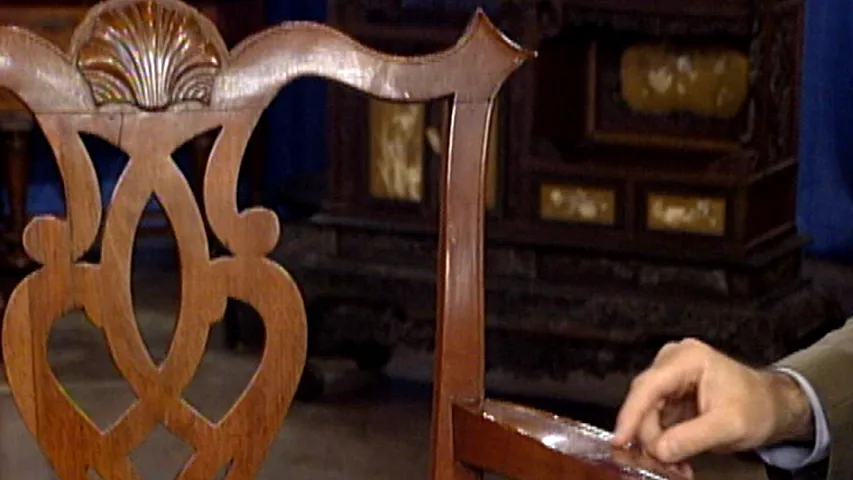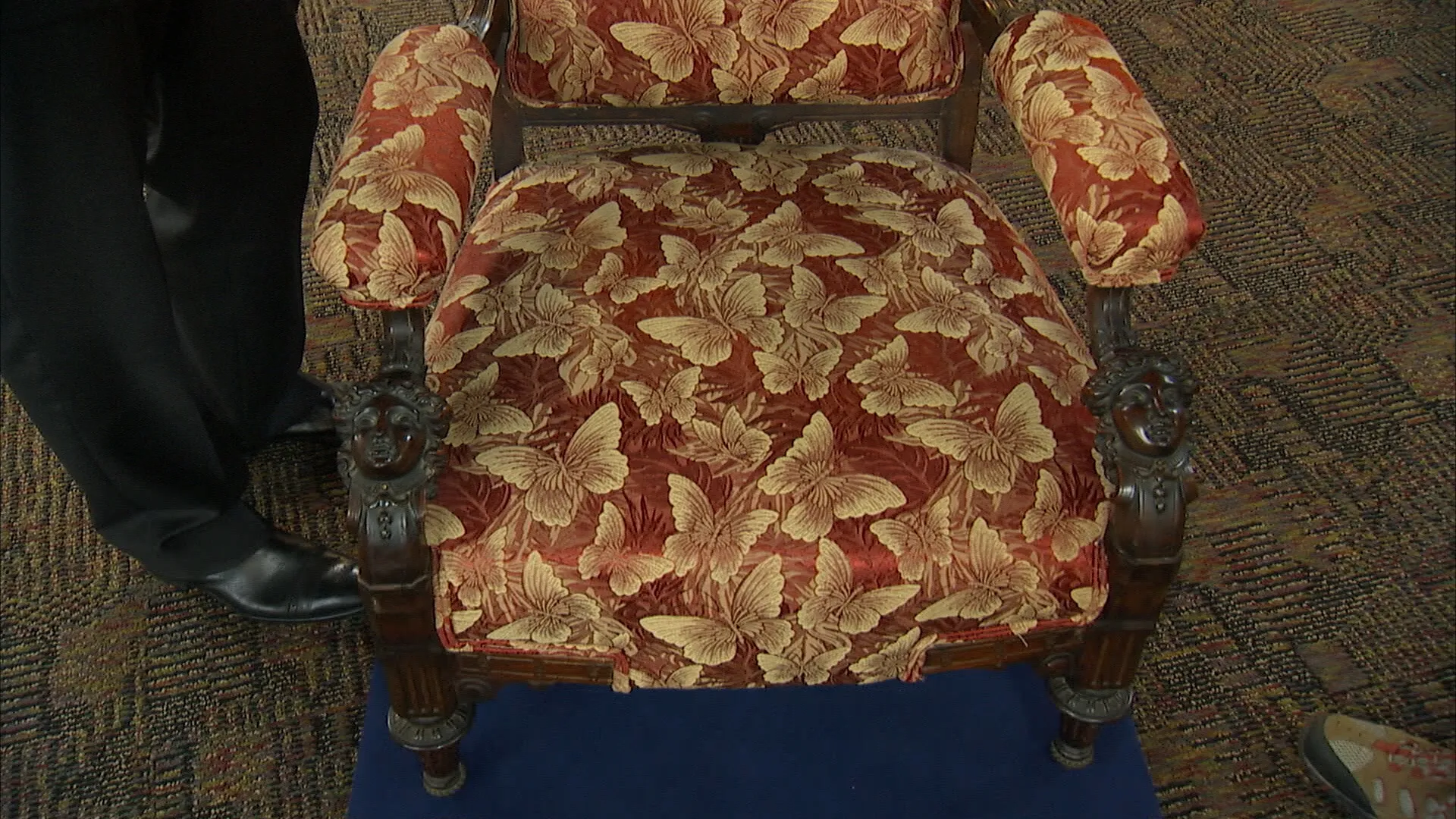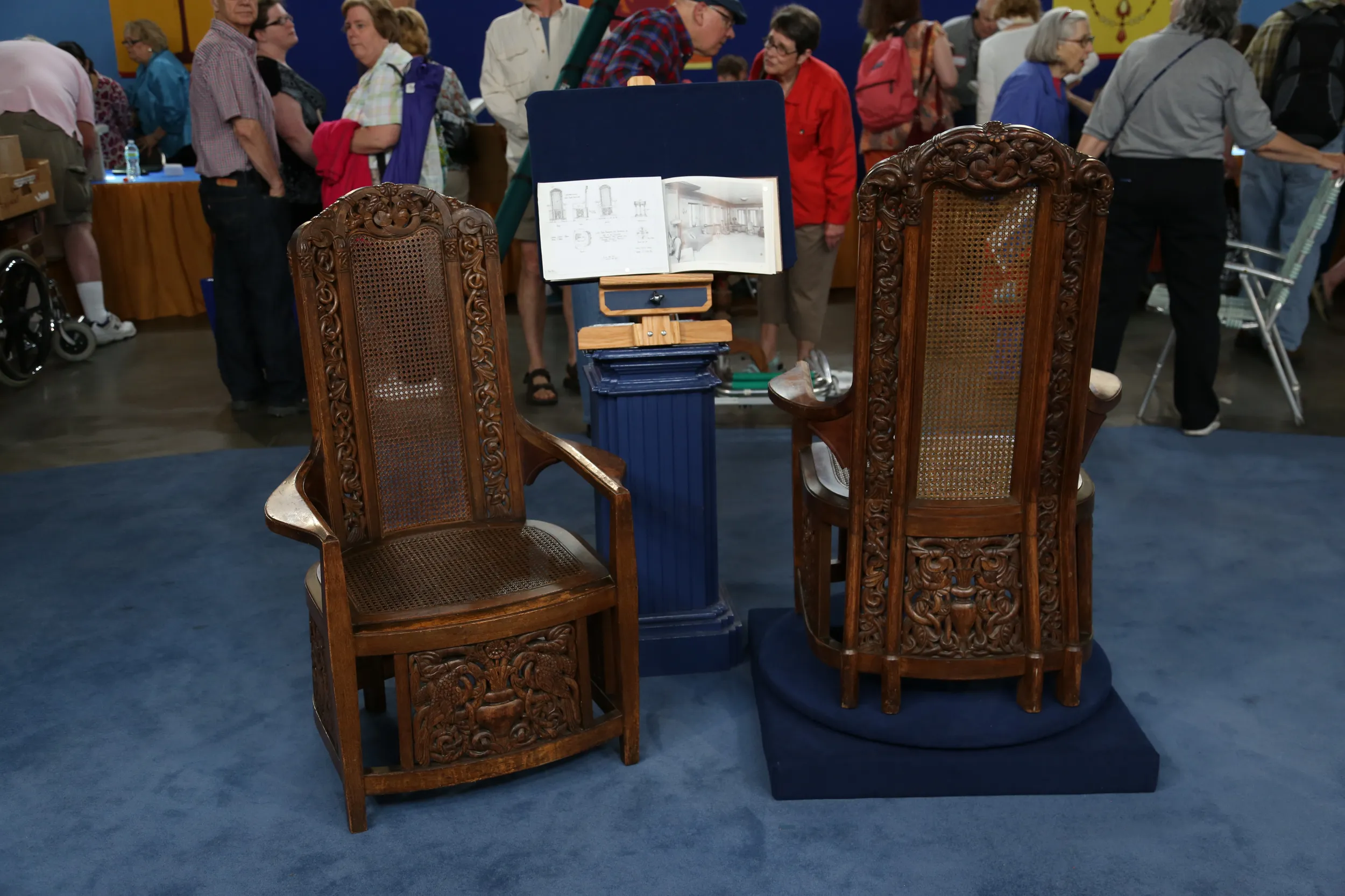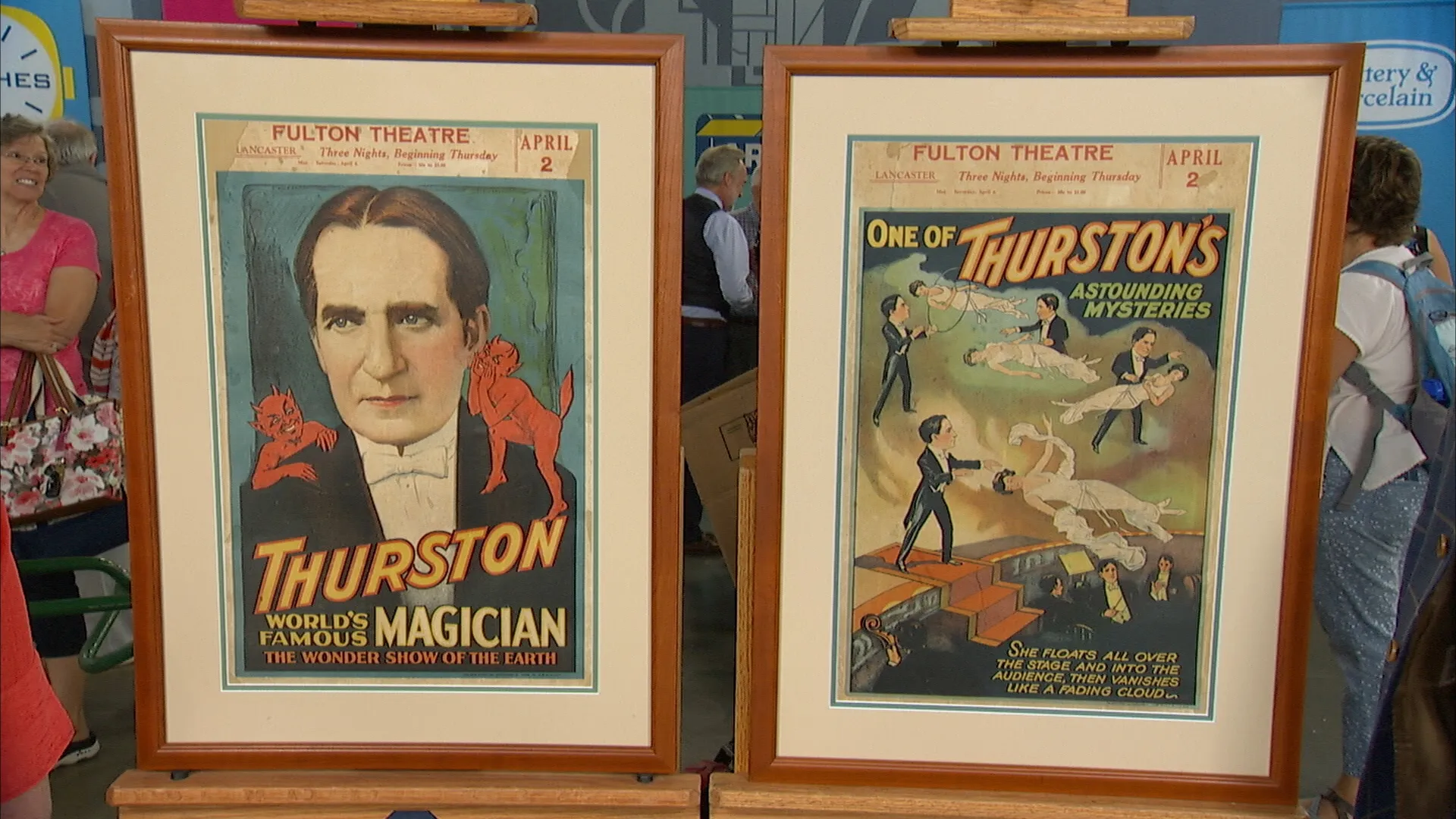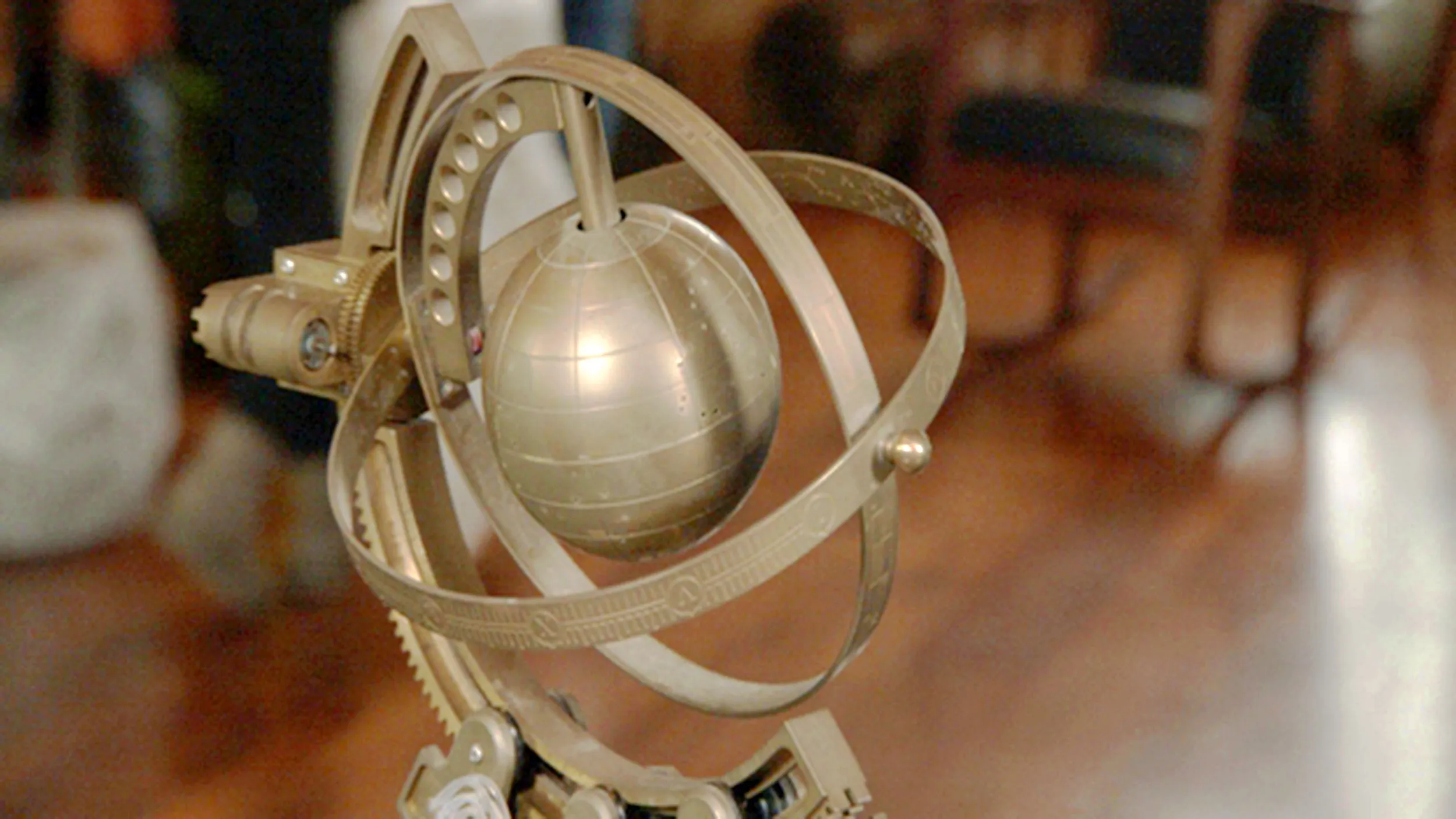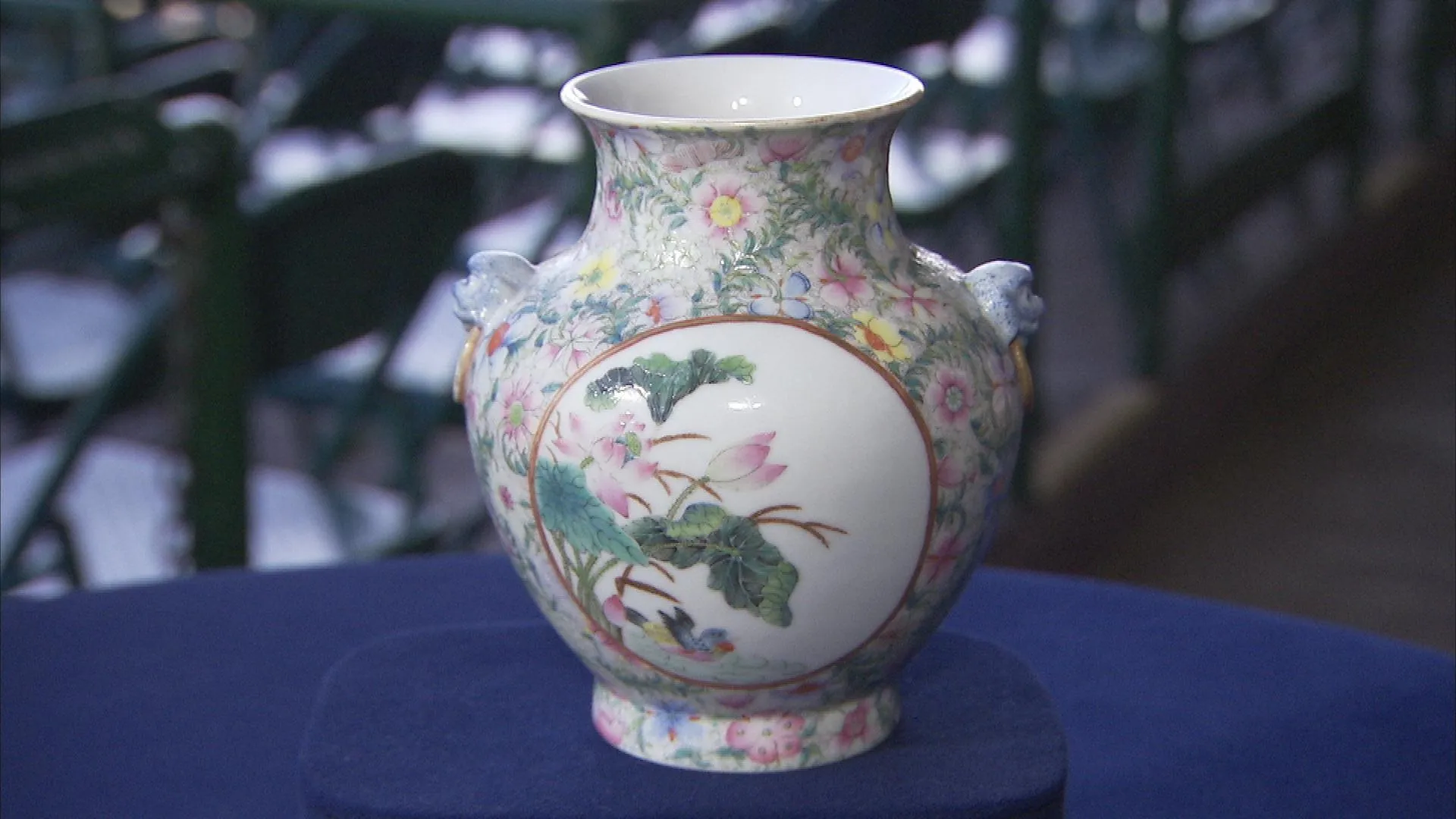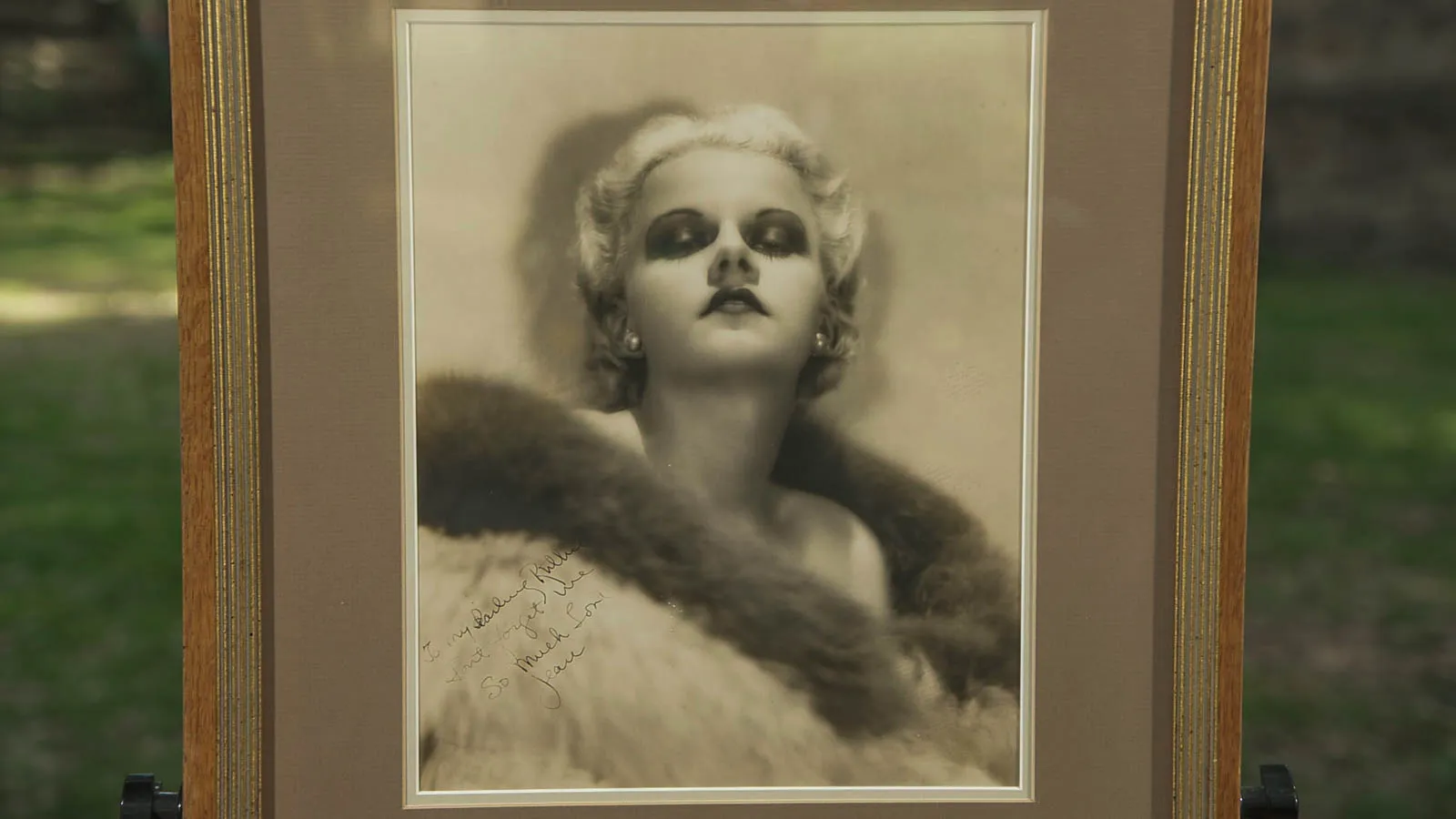HOST: Baton Rouge, Louisiana's capital city, is a place with many fascinating historic landmarks. And today, ROADSHOW is exploring one of these treasures: Magnolia Mound Plantation. Magnolia Mound is a French Creole-style plantation house, and built around 1791, it's the oldest wooden structure in the city. Appraiser Leigh Keno was thrilled to find some classic examples of furniture prized in Louisiana and beyond: Campeche chairs.
HOST: Leigh, first of all, why are they called Campeche chairs? Where does that name come from?
APPRAISER: Well, the chairs get their name from the port town of Campeche, which is Anglicized to cam-pi-chi.
HOST: But that form didn't come from Mexico, did it?
APPRAISER: It actually started way back on the Iberian Peninsula, and these were used by th e Romans really as magistrate chairs. They were symbols of power. And chairs such as this were shipped from Mexico to places like New Orleans and used by plantation society in the Mississippi Valley. And actually, they were used as far up as Virginia by people like Thomas Jefferson. The Campeche chair to Jefferson, it was sort of like the rocking chair was to John F. Kennedy, his favorite, favorite chair.
HOST: I see. Let's talk about this specific one here, and I understand that the ones we really want are the ones made in New Orleans or Louisiana.
APPRAISER: Collectors love the American-made ones, especially Louisiana chairs. And the great thing is that we really have a Louisiana chair here. It's a mahogany chair with a classic lateral curule base. And you come up and the arms are beautifully S-shaped with scrolled ends. And this happens to be a replaced leather seat, but it may have had at one time an elaborately tooled leather seat, which really adds to the value. We come up to the crest rail, and it's wonderfully veneered with this matched mahogany veneer with great figure; it's crotch mahogany. And then it scrolls back in this elegant shape. Made probably around 1820.
HOST: This example we have here, while beautiful, is relatively simple in its design. But I understand that some of these would be elaborate and inlaid.
APPRAISER: Some get very elaborate with what they call a melon crest, and some have inlaid eagles, even, and really get elaborate. And those get very, very pricey.
HOST: So as best we can, now, this particular chair is here at the plantation, it won't come up for sale. But if we were to find a similar Campeche chair, what would you expect to pay for that?
APPRAISER: Campeche chairs range in value from $3,000 to about almost $30,000 at auction. And this is somewhere in the middle of that range probably because...
HOST: American versions are more valuable than the ones that come from Mexico.
APPRAISER: Absolutely. Collectors love the American versions and they bring the upper part of that range if they have elaborate inlay and elaborate leather work. That's the key.
HOST: I would assume detail adds to the value. And then when we talk about the child's chair here, this one is not made in the United States, or we don't think it is.
APPRAISER: This is probably made in Mexico. The stiles on the underside are actually done with a spoke shave rather than turned. More simple, probably Mexico, early 19th century, replaced leather seat. Chairs such as this bring about $1,000 to $3,000. American versions bring the top of that range.
HOST: That makes sense, and those are auction values.
APPRAISER: Auction values.
HOST: Well, this is fantastic to learn about the history of these iconic chairs from ancient Rome all the way to right here in Baton Rouge. Thanks so much.
APPRAISER: You're welcome.

